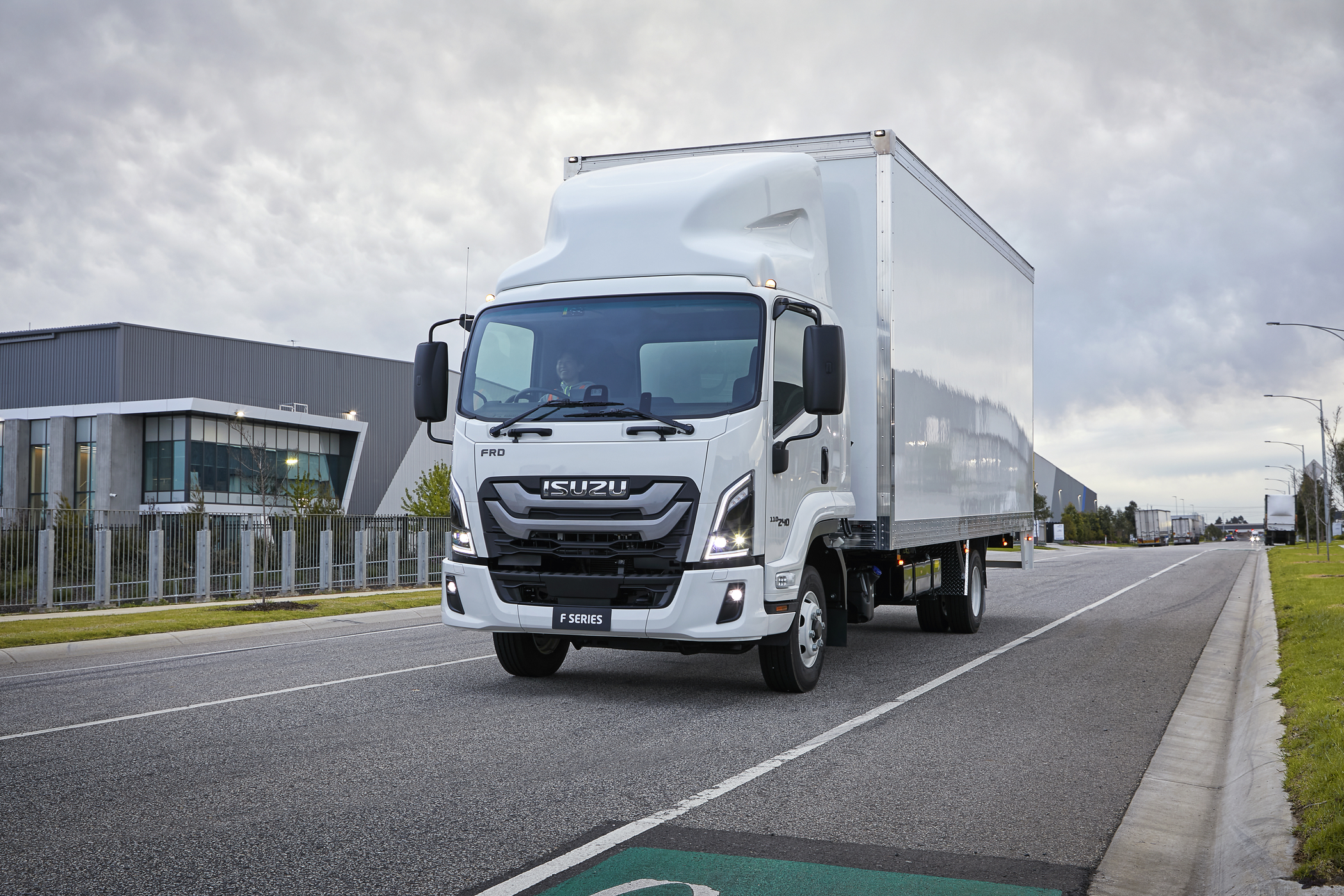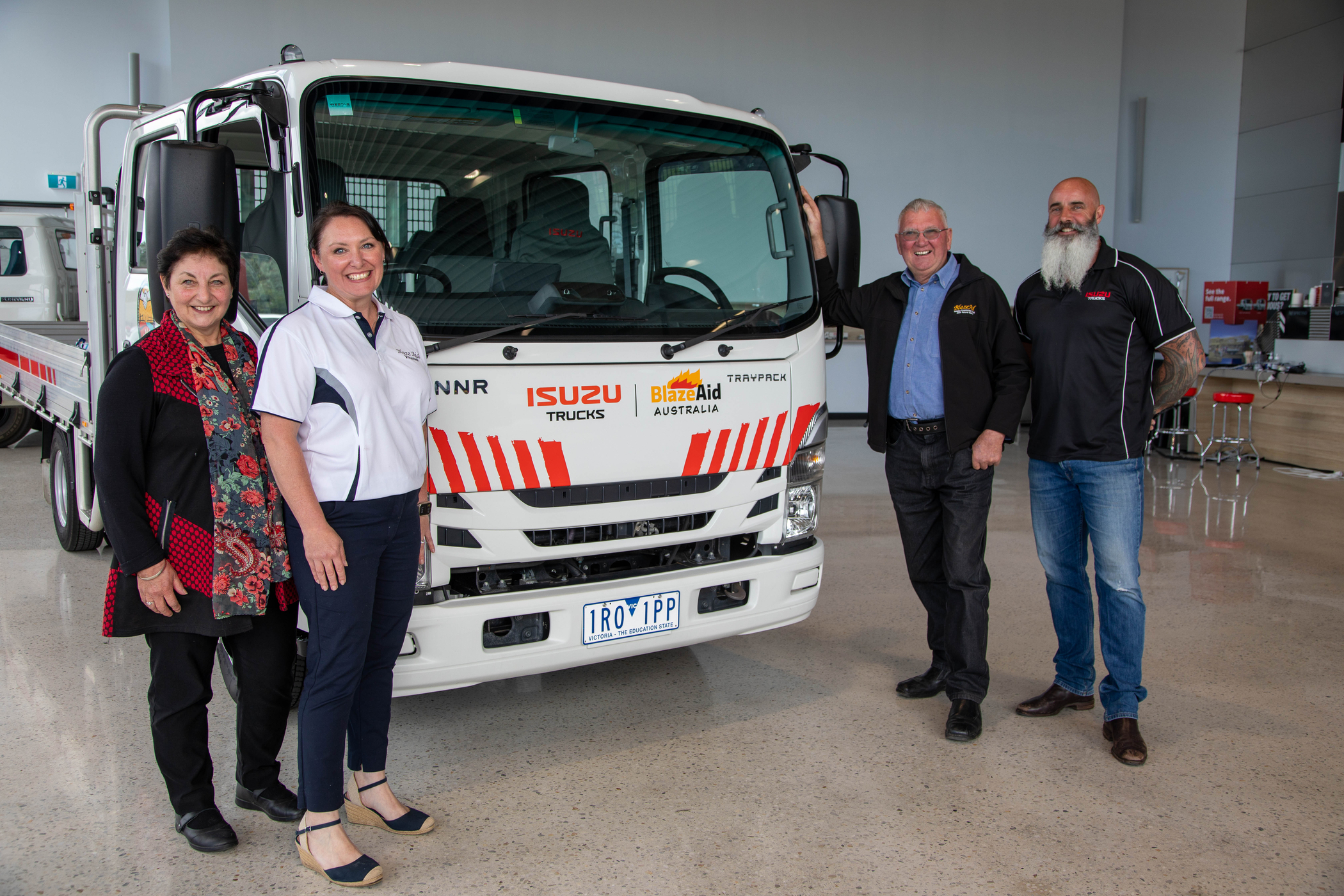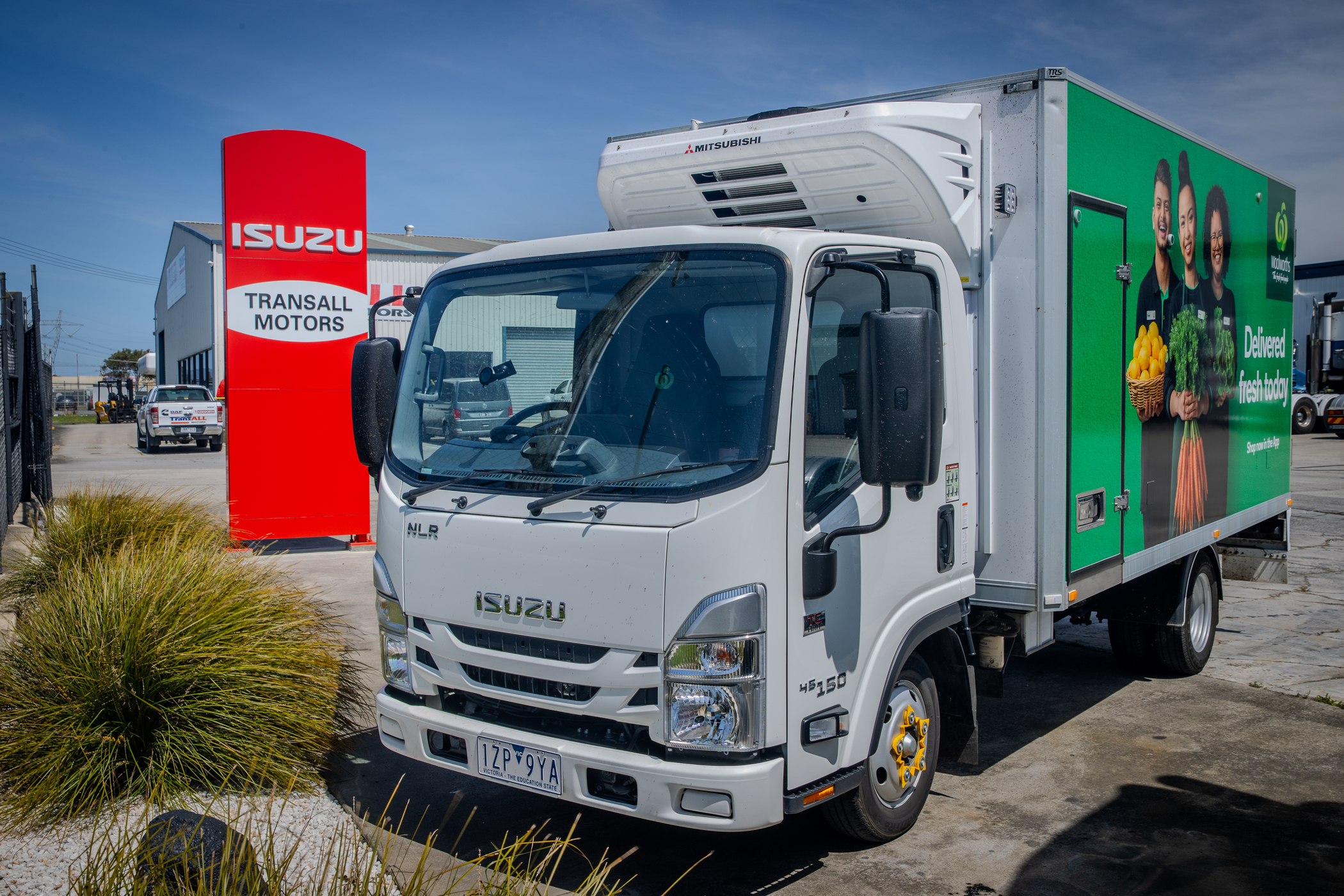TOWING THE LINE

With the cost-of-living crisis affecting everyone in society, businesses are feeling the pinch and looking for ways to shore up their expenses. As we have seen before, the businesses that succeed are often the ones who are best able to do more with less, stretching their resources or finding creative ways to stem their spending.
One of the first areas that any business hoping to save money should explore is improving their overall efficiency.
This can take the form of large-scale reform but most businesses find that small savings made across the business add up to a very different balance sheet at the end of the year. Upgrading the productivity of your transport operations can be a game changer and often this can be as simple as getting the most out of your loading and delivery regime.
If you’re looking to get the most out of each trip, it is essential that you know the limit to how much you can carry, or the fines you’ll face with far outweigh the savings you’ve made.
One of the most common fines on Australian roads, and one that is on the rise, is the painful yet wholly avoidable overloading fine.
Whether you’re towing the caravan on holidays, filling the ute on a Bunnings run or hauling equipment to the job site, it’s imperative that you know the laws that govern your towing capacity.
Ignorance of the law is not an acceptable excuse so it’s best to arm yourself with the knowledge and save yourself the pain on multiple fronts.

KNOW YOUR LIMITS
Your ‘true’ towing capacity is what is safe for your vehicle to tow, which is often much lower than the advertised towing capacity. Not paying attention to this could void your insurance, on top of a hefty fine.
The laws also happen to vary from state to state, making it even more confusing though thankfully they don’t differ hugely. The easiest way to ensure you’re not towing beyond the legal limit is a quick google search to check out the exact towing regulations in your state before hitting the road with your load.
Your vehicle’s true towing capacity is not the number you see on a specifications sheet or what’s advertised online, but it can be worked out with simple maths. So how can you calculate your towing capacity? In order to figure it out, you’ll need to understand a few terms first.

TOWING EXPRESSIONS FOR EVERYDAY USE
First things first, your vehicle has a Gross Vehicle Mass (GVM) refers to the maximum allowable weight total mass of a fully loaded motor vehicle as specified by the manufacturer. Whereas Gross Combined Mass (GCM) refers to the maximum weight of the tow vehicle and trailer hitched together while both are fully loaded (including passengers, equipment, fuel and tools).
In order to make this as easy as possible, let’s examine some of the industry terms…
Gross Vehicle Mass
Gross Vehicle Mass - Manufacturers limit
The maximum weight of the vehicle allowed, including all of its occupants, luggage, accessories and TBM.
Gross Vehicle Mass - (Operating mass)
The actual weight of the vehicle you are operating, including all of its occupants, luggage, accessories and TBM.
GVM = KW + Payload + TBM
Kerb weight:
Kerb Weight (KW) refers to the weight of the vehicle, including one driver (no passengers), oil and a full tank of fuel.
Payload:
The total weight that the vehicle can carry, which includes your occupants, luggage, tow ball mass (TBM) and any other accessories that aren’t stock standard.
Payload = GVM – KW – TBM
Tow ball mass:
Tow Ball Mass (TBM) is the percentage of weight (down force) exerted on the vehicle’s tow ball from the tow load. This generally needs to be kept in the range of 7%–15% to ensure the vehicle is stable and reducing the risk of fishtailing or unloaded steering.
Trailer tare mass:
The net weight of the trailer with standard accessories, empty water tanks and empty gas cylinders as at the time of manufacture. This should be visible from the trailer’s compliance plate.
Towing capacity:
Also known as Aggregate Trailer Mass (ATM), your vehicle’s towing capacity is the maximum combined weight that your towing vehicle can legally tow. This legal limit includes a full trailer, fluids and the TBM. But not coupled with the vehicle,
Gross Trailer Mass:
The Gross Trailer Mass (GTM) is the weight of the loaded trailer when hitched to the tow vehicle.
GTM = ATM – TBM
If you’re confused, you’re not alone, but the onus is on the driver to know the laws that apply to their vehicles and to adhere to them.
It is important you do not exceed the manufacturers GVM, ATM or GCM however keep in mind, the operating GVM and ATM can be limited by your loading to ensure you stay under the maximum GCM
Operating GCM = Operating GVM + Operating ATM
CAUTION: Having an operating ATM higher than operating GVM can create a dangerous combination.
The safest bet is to head to a weighbridge when you travel with a trailer or caravan, to ensure you’re within the legal weight limits. You never know how much you’ve packed in your vehicle. Going over your allowed weight can damage your vehicle, cause safety concerns and land you with a hefty penalty.

TOW WHAT YOU KNOW
When it comes down to it, you shouldn’t be towing something your vehicle is not equipped to handle.
If you run a business and regularly find yourself in situations where you’re overloaded or close to it, you should consider upgrading your vehicle.
Other factors to consider include fitting towing mirrors to see behind your van, making sure number plates are not obscured, registering your caravan, the length of your vehicle, adhering to maximum towing speeds, being aware of trailer sway and ensuring secure coupling.
And always be sure to read up on trailer regulations for the state you’re travelling to or within. The latest Vehicle Standards Bulletin is a great place to start at as the federal safety standards for small trailers.
If you’ve ever thought about upgrading from a ute to a truck, check out this blog for everything you’ll need.


The all-new Isuzu truck range is about to arrive.
Register your interest and we'll keep you in the loop with the latest updates.
Learn More



